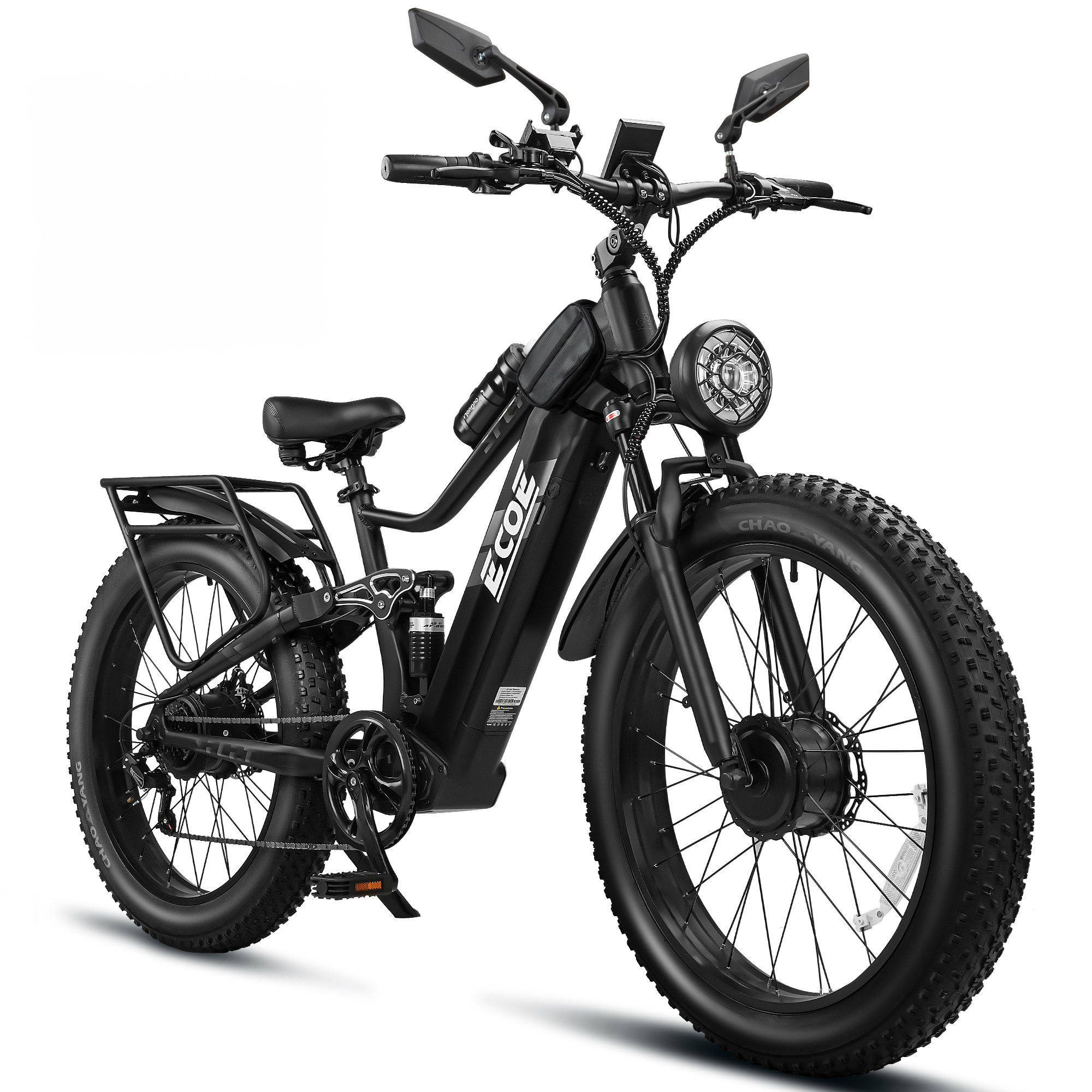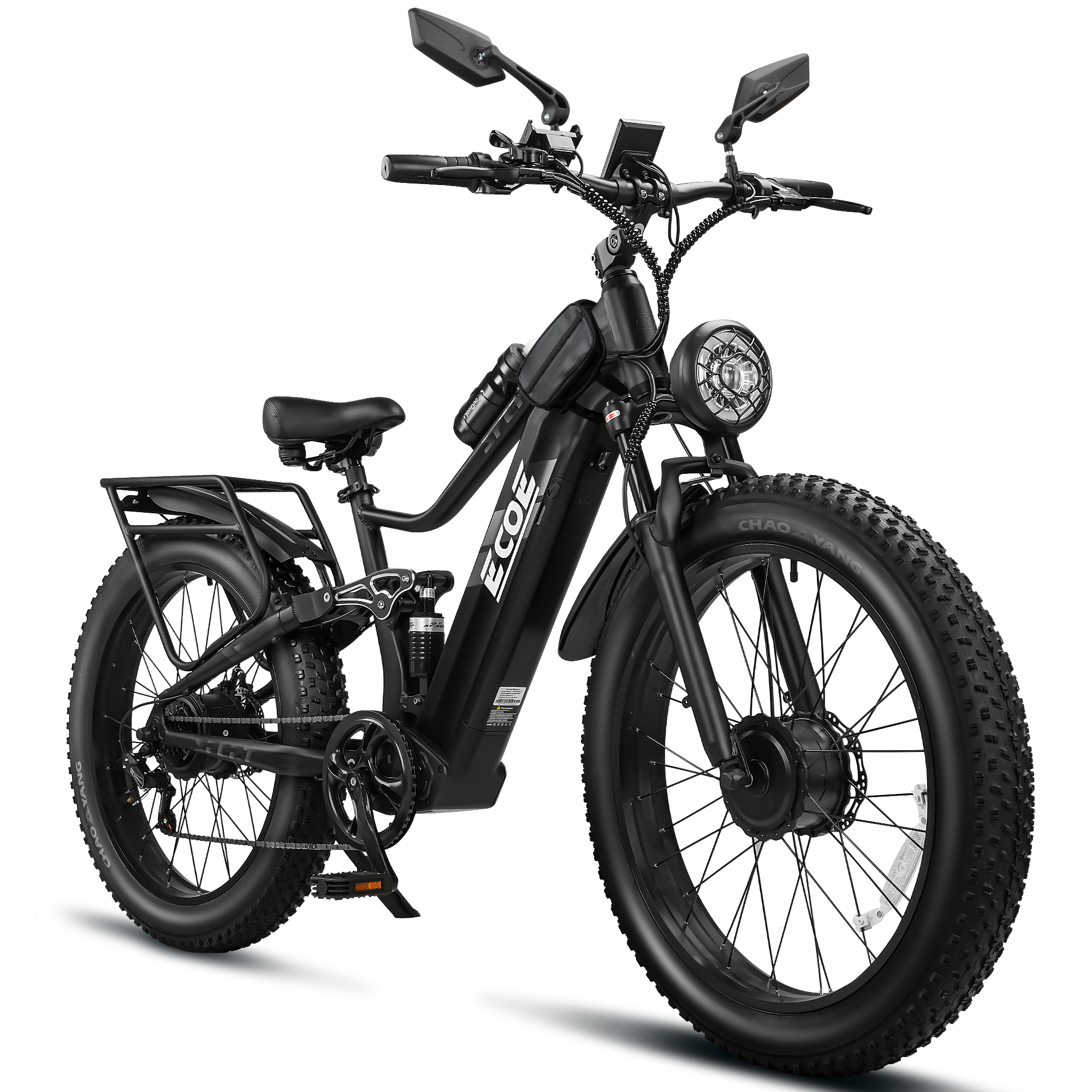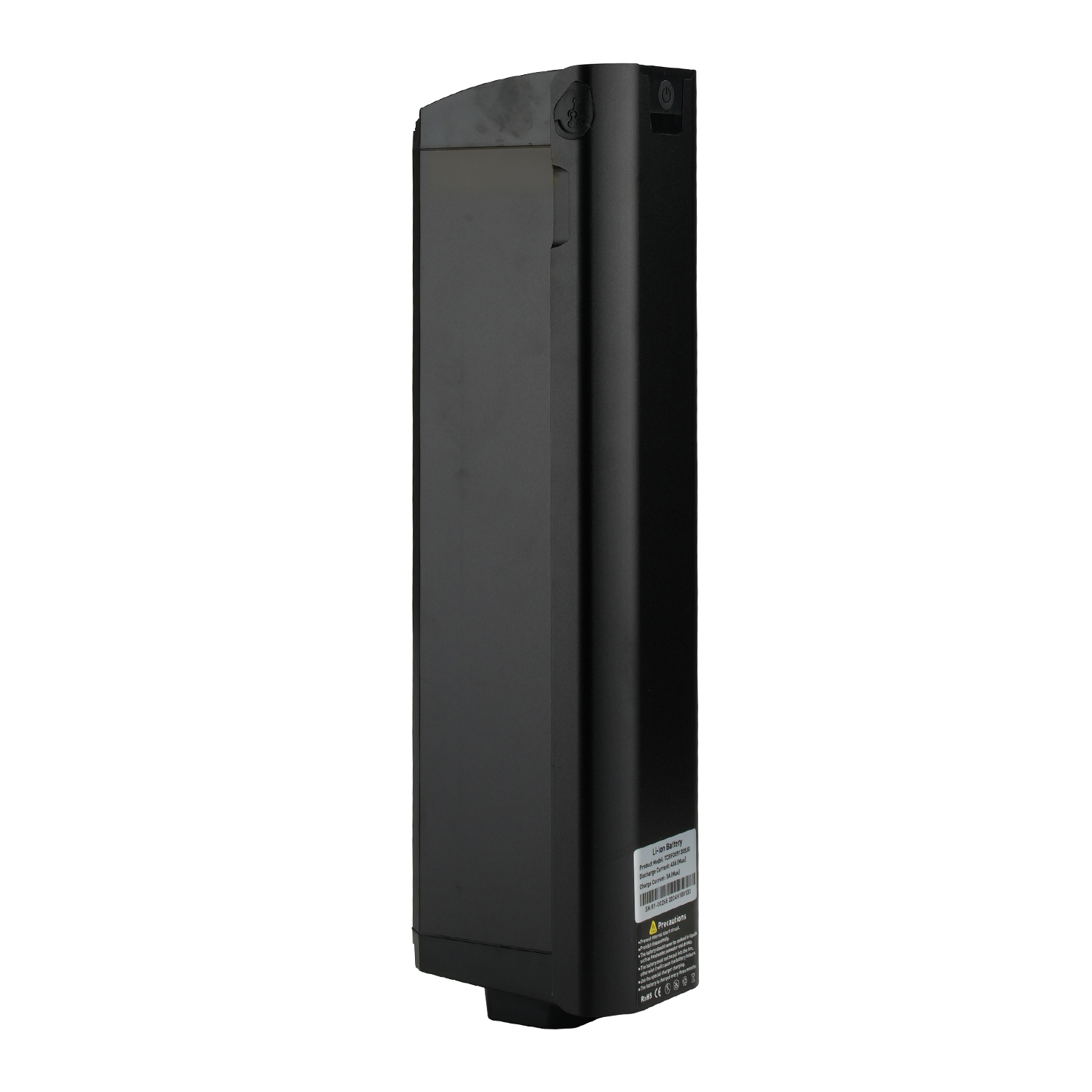
History of Forced Air Cooling Stage in Electric Bicycle Battery Cooling Systems
The EcoE 5000W electric bike Powerful Motor: EcoE is equipped with a 60V 5000W high-speed brushless motor. Due to different loads and road conditions, the electric bike drive system provides adjustable assistance, allowing you to stay healthy, relax, and exercise.Accessories: This electric bike accessory set includes a rearview mirror, water bottle holder and bottle, a sturdy phone mount, and a waterproof phone pouch. The reinforced cargo rack allows you to easily carry extra items needed for your ride. Additionally, if you need more accessories, you can purchase a detachable storage rack, passenger safety seat, trailer, and more.60V 32AH Battery: The bike is equipped with a high-capacity, removable 32AH battery, providing longer range per charge and over 1000 charge cycles. With pedal assist, the fat tire e-bike can travel 35-80 miles, depending on riding mode, load, and terrain. You can also purchase a spare battery for extended trips.Comfort and Versatility: This fat tire electric bike comes with dual front suspension and rear shocks to reduce impact and strain during rides. Its 26-inch wheels, 4-inch tires, and SHIM 7-speed system offer excellent grip across diverse terrains. Front and rear disc brakes ensure safe, responsive stopping, whether on mountain trails or city streets. – 1. Technical Background and Evolution The forced air cooling stage served as a critical transition between natural cooling and liquid cooling for electric bicycle battery thermal management, spanning from the late 2000s to the early 2010s. As lithium-ion battery energy density increased from 100-150 Wh/kg to 200-250 Wh/kg, heat generation during high-rate charging/discharging surged (up to 5-8 W per cell). Natural cooling became insufficient, prompting the adoption of forced air cooling. This technology improved heat dissipation efficiency by 30%-50% through active components like centrifugal fans and axial fans. 2. Technical Principles and System Architecture 3. Technological Development and Market Adoption Stage Timeframe Technical Features […]
Read more
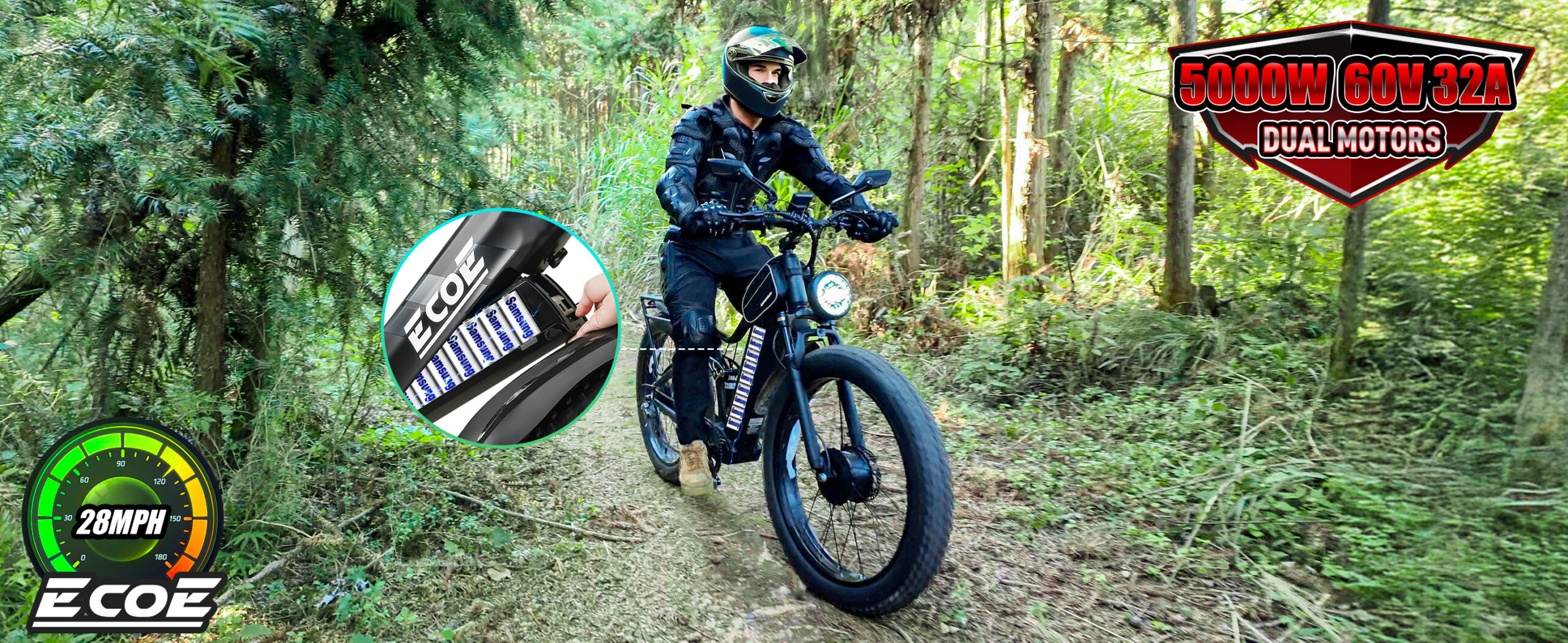
The development history of the natural cooling stage in the electric bicycle battery cooling system
The EcoE 5000W electric bike Powerful Motor: EcoE is equipped with a 60V 5000W high-speed brushless motor. Due to different loads and road conditions, the electric bike drive system provides adjustable assistance, allowing you to stay healthy, relax, and exercise.Accessories: This electric bike accessory set includes a rearview mirror, water bottle holder and bottle, a sturdy phone mount, and a waterproof phone pouch. The reinforced cargo rack allows you to easily carry extra items needed for your ride. Additionally, if you need more accessories, you can purchase a detachable storage rack, passenger safety seat, trailer, and more.60V 32AH Battery: The bike is equipped with a high-capacity, removable 32AH battery, providing longer range per charge and over 1000 charge cycles. With pedal assist, the fat tire e-bike can travel 35-80 miles, depending on riding mode, load, and terrain. You can also purchase a spare battery for extended trips.Comfort and Versatility: This fat tire electric bike comes with dual front suspension and rear shocks to reduce impact and strain during rides. Its 26-inch wheels, 4-inch tires, and SHIM 7-speed system offer excellent grip across diverse terrains. Front and rear disc brakes ensure safe, responsive stopping, whether on mountain trails or city streets. – In the early stage of the development of electric bicycles, due to the limitations of battery technology and the performance of electric bicycles, the heat generated by the battery was relatively small, and the requirement for the cooling system was not high. Therefore, the natural cooling method came into being and was widely used. At that time, electric bicycles mainly aimed to meet the basic travel needs. The battery capacity was small, and the cruising range was also short, generally about 100 km, and the battery pack capacity was about a dozen kWh. Natural cooling relied on the convection of natural wind between […]
Read more
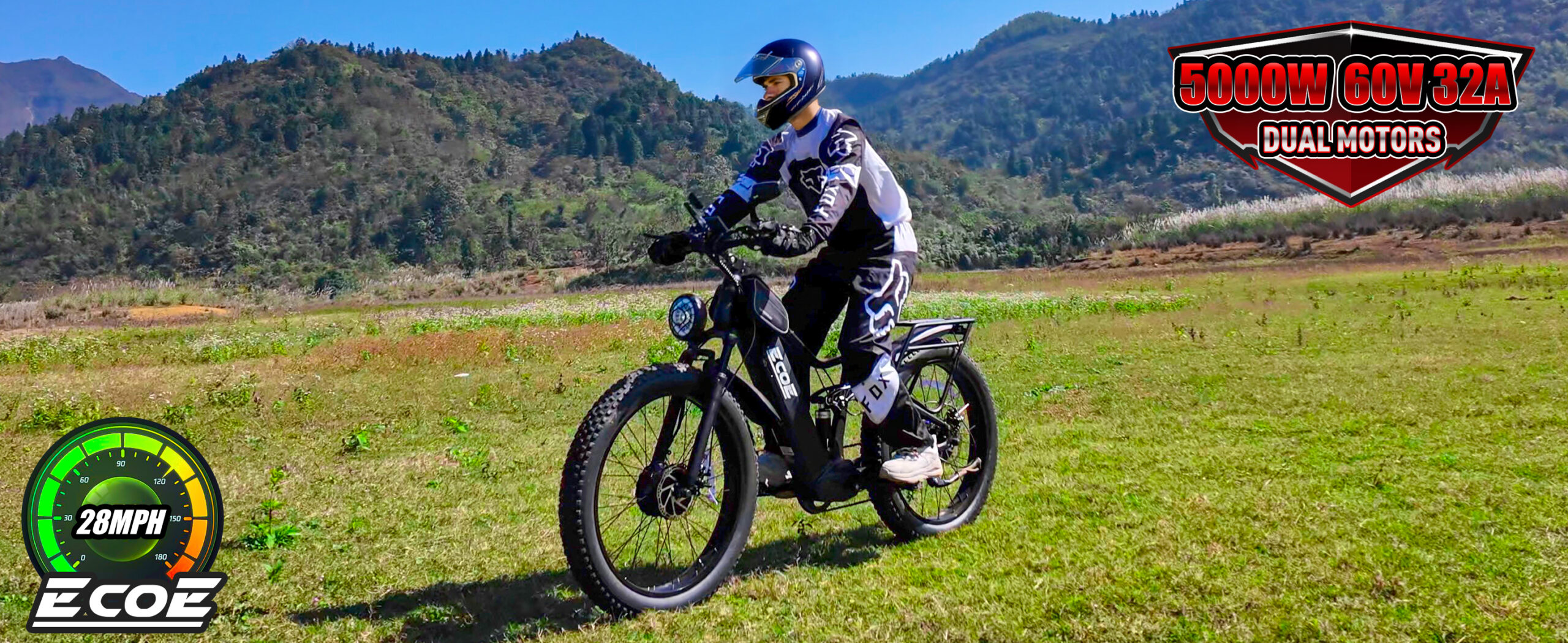
Top 10 Lightweight Folding E-Bikes for Urban Commuters
Navigating city streets demands agility, efficiency, and convenience. Lightweight folding e-bikes have emerged as the ideal solution for urban dwellers seeking a seamless blend of portability and performance. In this guide, we’ve curated a list of the top 10 models that cater to the diverse needs of city commuters. In our urban adventures, we’ve realized that the perfect commuter bike must be compact enough to fit into tight apartment spaces, light enough to carry up a flight of stairs, and robust enough to handle daily commutes. Folding e-bikes tick all these boxes, offering the flexibility to combine cycling with public transport and the convenience of easy storage. Top 10 Lightweight Folding E-Bikes for Urban Commuters 1. Ecoe 5000W Dual Motor Electric Bike 2. Lectric XP 3.0 Long-Range Folding Electric Bike 3. Urtopia Carbon Fold 1 4. Fiido D11 Folding Commuter Electric Bike 5. Aventon Sinch 2.5 Folding E-Bike 6. Brompton Electric C Line Urban – 4-Speed 7. Young Electric E-Urban Pro Lightweight Folding Electric Bike 8. Eovolt Afternoon 20″ Folding Electric Bike 9. Orbea Diem 30 28mph 10. Cityrun Folding Ebike, 16″ Electric Bike Choosing the right folding e-bike hinges on balancing weight, range, and features to suit your daily commute. Whether you’re navigating tight city streets, combining your ride with public transport, or seeking a powerful option for longer distances, there’s a model tailored for your needs. Remember to consider factors like storage space, terrain, and budget when making your selection.
Read more
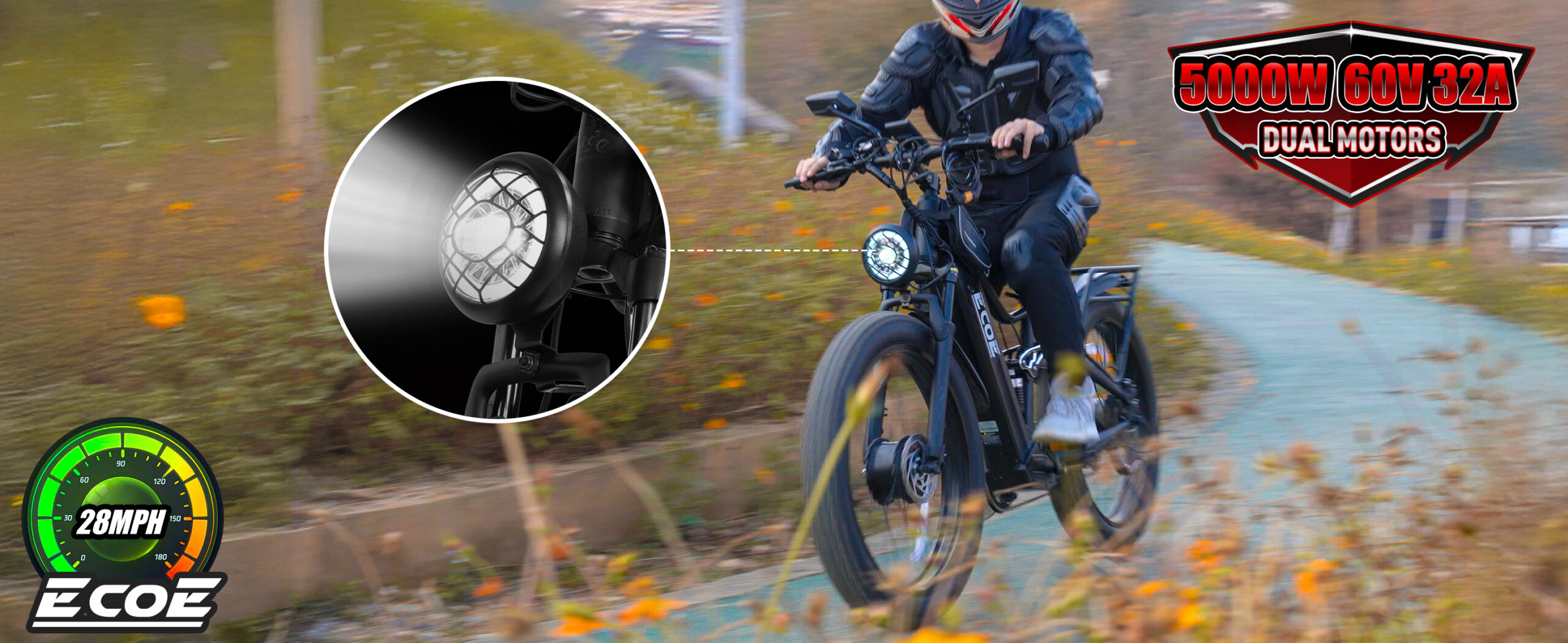
Best Folding Electric Bikes 2025: Top Picks & Buyer’s Guide
“Stuck between subway delays and traffic jams? Meet the game-changer for 21st-century commuters – folding e-bikes that combine portability with powerhouse performance. We’ve tested 18 models across three continents to bring you the most future-proof choices.” Part 1: 3 Must-Check Features for 2025 Part 2: 2025 Top PerformersKey Highlight: “For riders seeking uncompromised power, the 5000W dual-motor system delivers exhilarating acceleration while maintaining compact foldability. Its SHM 7-speed gear system proved particularly effective during San Francisco hill tests.” Hidden Gem: The EcoCommuter ProWhy It Shines: “This dark horse surprised our panel with its military-grade aluminum frame weighing 18% less than competitors. The included accessory kit – featuring professional-grade phone mounts and cargo solutions – received unanimous praise from NYC delivery riders in our focus group.” Part 3: Future-Proof Your Purchase “Smart buyers are opting for brands invested in urban infrastructure. EcoE’s CitySync program partners with municipalities to install solar charging stations – early adopters in Berlin now enjoy free renewable energy top-ups at 23 locations.” “After 300 miles on the EcoE prototype, our senior tester concluded: ‘This isn’t just transport – it’s urban rediscovery. The 600-lumen headlight transformed my night rides through Barcelona’s Gothic Quarter into cinematic experiences.’ Ready to rewrite your city narrative?”
Read more

The development history of electric bicycle braking components from the mid – 2010s to the present
The EcoE 5000W electric bike Powerful Motor: EcoE is equipped with a 60V 5000W high-speed brushless motor. Due to different loads and road conditions, the electric bike drive system provides adjustable assistance, allowing you to stay healthy, relax, and exercise.Accessories: This electric bike accessory set includes a rearview mirror, water bottle holder and bottle, a sturdy phone mount, and a waterproof phone pouch. The reinforced cargo rack allows you to easily carry extra items needed for your ride. Additionally, if you need more accessories, you can purchase a detachable storage rack, passenger safety seat, trailer, and more.60V 32AH Battery: The bike is equipped with a high-capacity, removable 32AH battery, providing longer range per charge and over 1000 charge cycles. With pedal assist, the fat tire e-bike can travel 35-80 miles, depending on riding mode, load, and terrain. You can also purchase a spare battery for extended trips.Comfort and Versatility: This fat tire electric bike comes with dual front suspension and rear shocks to reduce impact and strain during rides. Its 26-inch wheels, 4-inch tires, and SHIM 7-speed system offer excellent grip across diverse terrains. Front and rear disc brakes ensure safe, responsive stopping, whether on mountain trails or city streets. – In terms of technology: Development of electronic braking technology: The electronic braking system has been continuously improved, evolving from the simple E – ABS (electronic braking system) to more advanced electronic braking systems with energy – recovery functions. For example, through the optimization of control algorithms, more precise braking control and more efficient energy recovery have been achieved. During braking, more kinetic energy can be converted into electrical energy and charged back to the battery, improving the cruising range of electric bicycles. Improvement in braking performance: New types of braking materials, such as ceramic brake pads, have been developed, which have improved the […]
Read more

The development of the battery cooling system for electric bicycles
The EcoE 5000W electric bike Powerful Motor: EcoE is equipped with a 60V 5000W high-speed brushless motor. Due to different loads and road conditions, the electric bike drive system provides adjustable assistance, allowing you to stay healthy, relax, and exercise.Accessories: This electric bike accessory set includes a rearview mirror, water bottle holder and bottle, a sturdy phone mount, and a waterproof phone pouch. The reinforced cargo rack allows you to easily carry extra items needed for your ride. Additionally, if you need more accessories, you can purchase a detachable storage rack, passenger safety seat, trailer, and more.60V 32AH Battery: The bike is equipped with a high-capacity, removable 32AH battery, providing longer range per charge and over 1000 charge cycles. With pedal assist, the fat tire e-bike can travel 35-80 miles, depending on riding mode, load, and terrain. You can also purchase a spare battery for extended trips.Comfort and Versatility: This fat tire electric bike comes with dual front suspension and rear shocks to reduce impact and strain during rides. Its 26-inch wheels, 4-inch tires, and SHIM 7-speed system offer excellent grip across diverse terrains. Front and rear disc brakes ensure safe, responsive stopping, whether on mountain trails or city streets. – The following is a summary table: Stage Cooling Method Principle Advantages Disadvantages Application Natural Cooling Stage Natural Cooling Heat dissipation by convection of natural wind between battery box and outside world Simple structure, low cost Limited heat – dissipation effect, range attenuation in low temperature, easy battery aging Early electric bicycles with small battery capacity and short range Forced Air – Cooling Stage Forced Air – Cooling Increase circulating air pipes and vents in battery pack, use fans to promote air flow for heat dissipation More stable cooling air flow than natural cooling Low heat – dissipation power, poor efficiency, not suitable for […]
Read more

The development history of electric bicycle braking components from the early 21st century to the mid – 2010s
The EcoE 5000W electric bike Powerful Motor: EcoE is equipped with a 60V 5000W high-speed brushless motor. Due to different loads and road conditions, the electric bike drive system provides adjustable assistance, allowing you to stay healthy, relax, and exercise.Accessories: This electric bike accessory set includes a rearview mirror, water bottle holder and bottle, a sturdy phone mount, and a waterproof phone pouch. The reinforced cargo rack allows you to easily carry extra items needed for your ride. Additionally, if you need more accessories, you can purchase a detachable storage rack, passenger safety seat, trailer, and more.60V 32AH Battery: The bike is equipped with a high-capacity, removable 32AH battery, providing longer range per charge and over 1000 charge cycles. With pedal assist, the fat tire e-bike can travel 35-80 miles, depending on riding mode, load, and terrain. You can also purchase a spare battery for extended trips.Comfort and Versatility: This fat tire electric bike comes with dual front suspension and rear shocks to reduce impact and strain during rides. Its 26-inch wheels, 4-inch tires, and SHIM 7-speed system offer excellent grip across diverse terrains. Front and rear disc brakes ensure safe, responsive stopping, whether on mountain trails or city streets. – The following is the relevant table: Time Development of braking components Characteristics Early 21st century – mid – 2010s Emergence of electronic braking technology, such as E – ABS Good braking effect at high speed, can recharge the battery Early 21st century – mid – 2010s Popularization of disc brakes High – efficiency braking, good heat dissipation, low noise, etc., with gradually decreasing cost Early 21st century – mid – 2010s Drum brakes are still in use Simple structure, stable braking at low speed, less affected by the environment Early 21st century – mid – 2010s Development and gradual decline of the follow […]
Read more
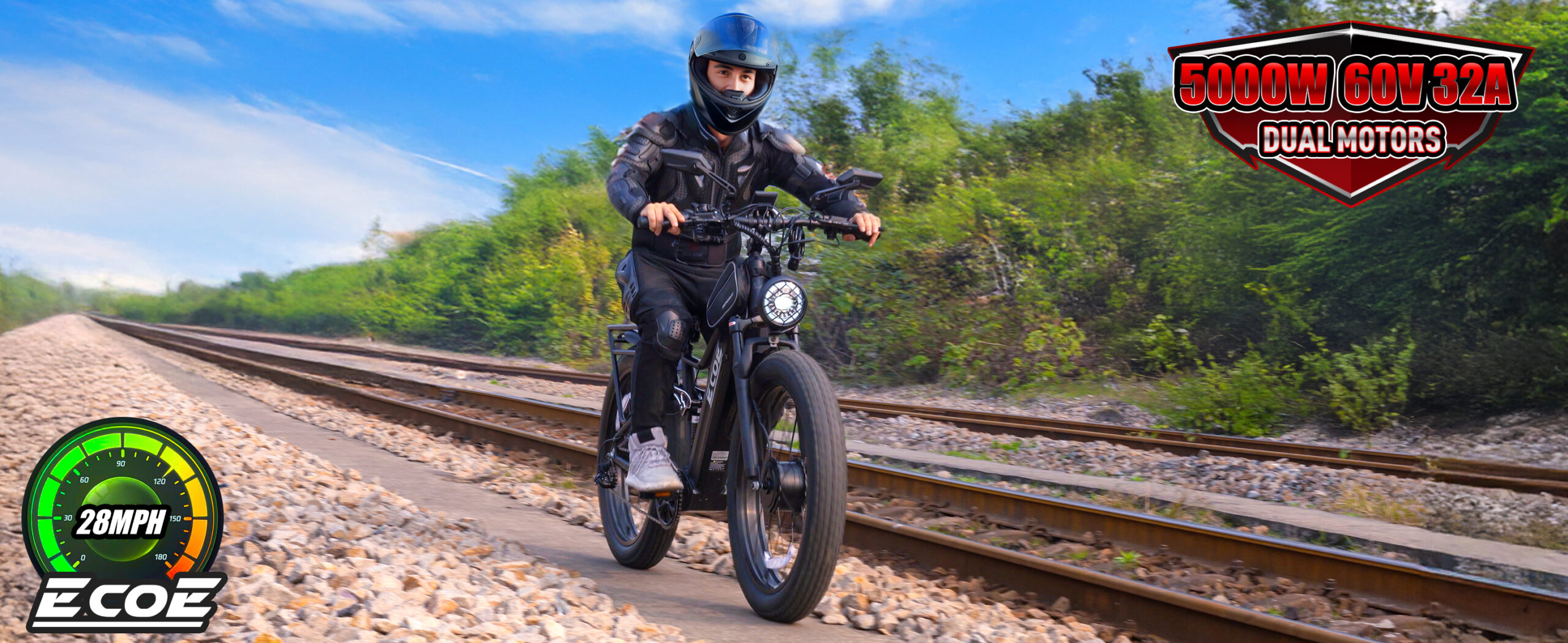
The development history of electric bicycle braking components from the early days of electric bicycles to the end of the 20th century
The EcoE 5000W electric bike Powerful Motor: EcoE is equipped with a 60V 5000W high-speed brushless motor. Due to different loads and road conditions, the electric bike drive system provides adjustable assistance, allowing you to stay healthy, relax, and exercise.Accessories: This electric bike accessory set includes a rearview mirror, water bottle holder and bottle, a sturdy phone mount, and a waterproof phone pouch. The reinforced cargo rack allows you to easily carry extra items needed for your ride. Additionally, if you need more accessories, you can purchase a detachable storage rack, passenger safety seat, trailer, and more.60V 32AH Battery: The bike is equipped with a high-capacity, removable 32AH battery, providing longer range per charge and over 1000 charge cycles. With pedal assist, the fat tire e-bike can travel 35-80 miles, depending on riding mode, load, and terrain. You can also purchase a spare battery for extended trips.Comfort and Versatility: This fat tire electric bike comes with dual front suspension and rear shocks to reduce impact and strain during rides. Its 26-inch wheels, 4-inch tires, and SHIM 7-speed system offer excellent grip across diverse terrains. Front and rear disc brakes ensure safe, responsive stopping, whether on mountain trails or city streets. – The following is a summary table: Time Type of braking component Characteristics Late 19th century – 1980s Caliper – type brake Basically adopted the braking system of bicycles. It has a simple structure, low cost, limited braking effect, and is prone to making a whistling sound when braking. 1980s – 1990s Caliper – type brake, drum brake The caliper – type brake was still widely used, and the drum brake began to be applied. The braking effect of the drum brake is better than that of the caliper – type brake. It is cheap, the brake pad is wide, the friction torque is […]
Read more

Electric Dirt Bike Accessories for Adults: Must-Have Gear for Off-Road Safety
Riding off-road on an electric dirt bike is pure adrenaline—but without the right gear, it can quickly turn dangerous. In this guide, we’ll walk you through the must-have accessories for adult riders to stay safe, ride smart, and enjoy every jump, climb, and muddy skid with confidence. Why Safety Gear Matters More with Electric Dirt Bikes When we first got into electric dirt biking, it was easy to get caught up in the horsepower, fat tires, and flashy LCD dashboards. What we didn’t think about was how fast these things really go—and how unforgiving trails can be when you’re doing 30 mph over loose gravel. The truth is, electric dirt bikes like the Ecoe 5000W Dual Motor can hit serious speeds. And while the thrill is unbeatable, it also means that protective gear isn’t optional—it’s essential. The Must-Have Gear Checklist for Adult Riders 1. DOT-Approved Full-Face Helmet If you invest in one thing, make it this. A full-face helmet with a solid chin guard and DOT certification is your best defense against head injuries. Look for models with ventilation, adjustable visors, and moisture-wicking liners. We personally recommend Bell, Fox Racing, or 6D Helmets—trusted brands in the dirt world. 2. Armored Riding Jacket Forget fashion—go for function. A good riding jacket comes with built-in armor at the elbows, shoulders, and spine. Look for CE-rated pads and abrasion-resistant materials like Cordura or Kevlar. Bonus points if it’s waterproof. You never know what kind of weather or terrain you’ll hit on longer rides. 3. Gloves with Knuckle Protection Your hands are the first to go flying in a crash. Padded gloves with reinforced knuckles and palm sliders reduce both impact and friction damage. We’ve found that dirt bike-specific gloves offer way better grip and breathability than generic work gloves. 4. Knee and Elbow […]
Read more
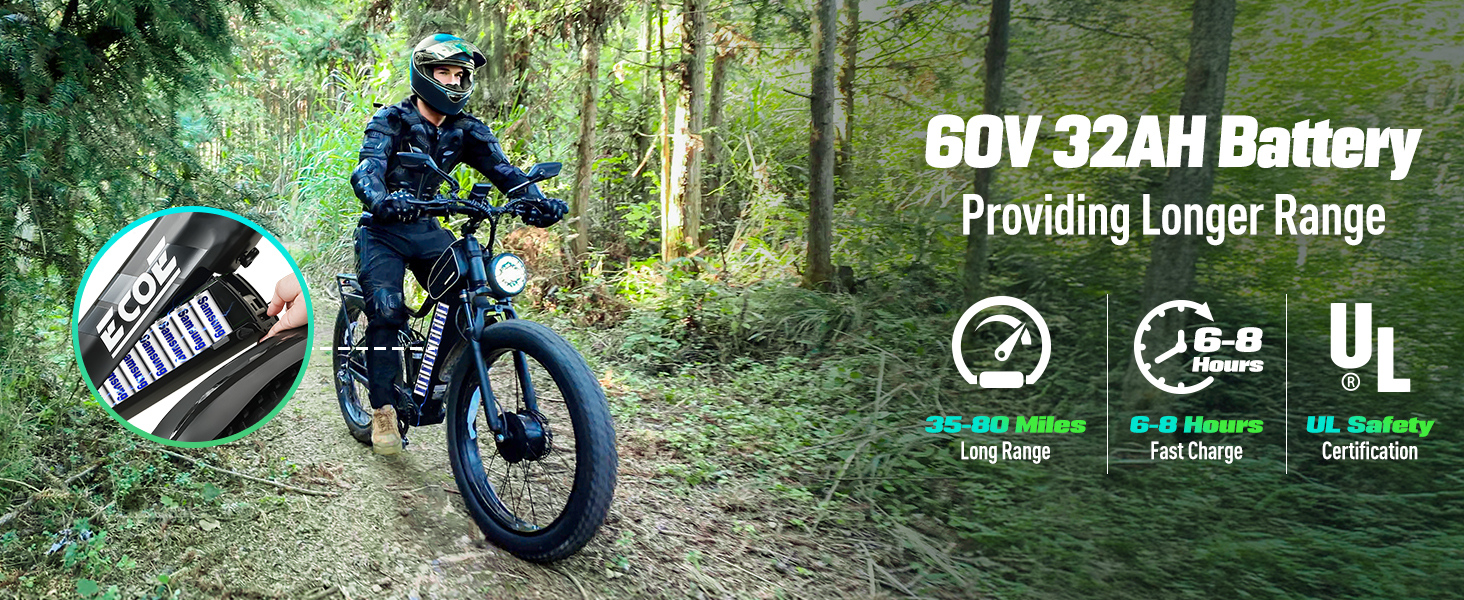
Where to Buy Electric Dirt Bikes for Adults: Trusted Retailers & Online Stores
Thinking about buying an electric dirt bike but don’t know where to start? Whether you’re looking for trail-ready power or a city-friendly dual-motor beast, this guide helps you find trusted retailers and online stores that deliver quality, reliability, and solid after-sales support. A couple of years ago, our options were limited—maybe one dusty dealership in the next town or a few sketchy websites that made us nervous to click “checkout.” Now, things have changed. Electric dirt bikes are booming, and so is the number of reliable ways to buy them. We’ve bought online. We’ve tested in person. And we’ve read a lot of Reddit threads, watched reviews, and asked the community. Here’s what we’ve learned. Top Places to Buy Electric Dirt Bikes for Adults 1. Specialty E-Bike Dealers (In-Person Showrooms) If you want to test-ride before buying, local electric bike showrooms or powersports dealerships are a great place to start. Brands like Sur-Ron, Talaria, and Cake often have physical dealers across the U.S. Tip: Call ahead—many showrooms only stock a few models at a time. 2. Direct-to-Consumer Brand Websites Brands like Ecoe, Super73, Segway, and Onyx sell their electric dirt bikes directly through their websites. This is a great way to skip the middleman and access exclusive deals or seasonal promos. 🛒 Why we like this: For example, the Ecoe 5000W Dual Motor Electric Bike is available directly from Ecoe’s site. At $1,499, it’s a strong deal—especially considering its fat tires, dual motors, and long-range battery. Buying from Ecoe gives you access to dedicated customer support and real-time order tracking. 3. Reputable Online Marketplaces (Amazon, Best Buy, REI) Yes, you can buy an electric dirt bike on Amazon—but you have to be selective. Stick with well-known sellers or Amazon Verified Brands. Some models are sold and fulfilled directly by the […]
Read more





